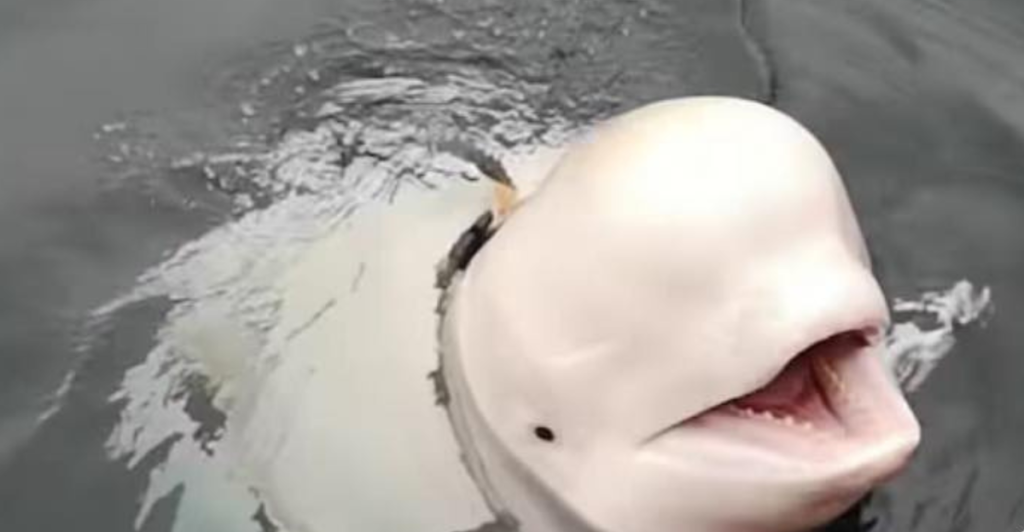
In April 2019, Norwegian fishermen spotted a beluga whale in the waters off Finnmark, Norway, behaving unusually. The whale, later named Hvaldimir, had a harness with the words “Equipment of St. Petersburg” attached to it. His curious and friendly nature toward humans raised suspicions that he might be part of a covert operation for the Russian military. The discovery set off a global media frenzy about whether this whale was truly a spy or simply an animal caught in an unintended role.
A Harness with Secrets
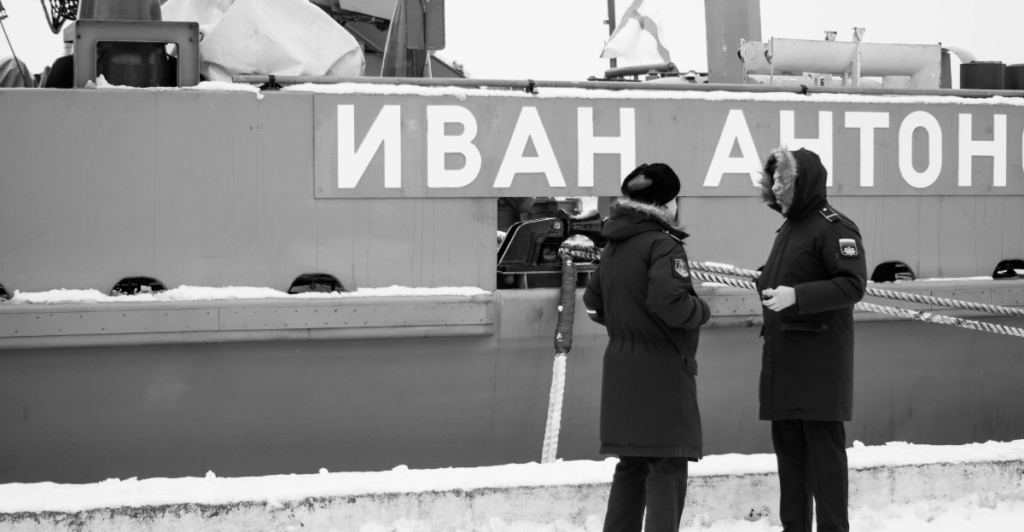
Hvaldimir’s harness was designed to carry surveillance equipment, which made his behavior even more intriguing. The fact that the harness was marked with “St. Petersburg” suggested Russian military involvement, further fueling theories that the whale had been trained for espionage. However, despite this, there was no concrete evidence to directly link him to any intelligence operations. Some speculated he was part of Russia’s long history of training marine mammals for military purposes, especially in Cold War-era programs.
Russia’s History of Marine Training
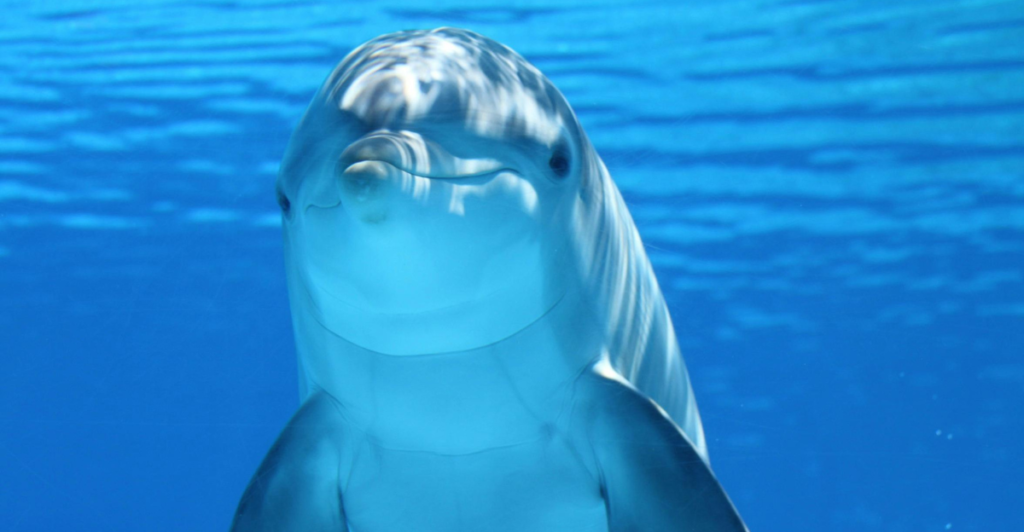
Russia, and previously the Soviet Union, has a long history of using marine mammals for military tasks. Dolphins, seals, and even belugas were trained to carry out tasks like detecting underwater mines or retrieving objects. Reports from the Russian Murmansk Marine Mammal Center suggested that they had expanded their training programs to include belugas. This background gave weight to the theory that Hvaldimir could have been part of a modern, covert operation, though no official confirmation came from Russia.
The Friendly Beluga

Hvaldimir’s behavior was not what one might expect from a trained spy. He was known for being friendly and inquisitive, often approaching boats and people. He even appeared to enjoy human interaction. While many people were charmed by him, some worried that this behavior was a result of improper training or a life led by humans rather than in the wild. His uncharacteristic behavior sparked questions: was he a spy, or had he simply escaped from a more sinister past?
A Cold-War Relic or a Modern Spy?
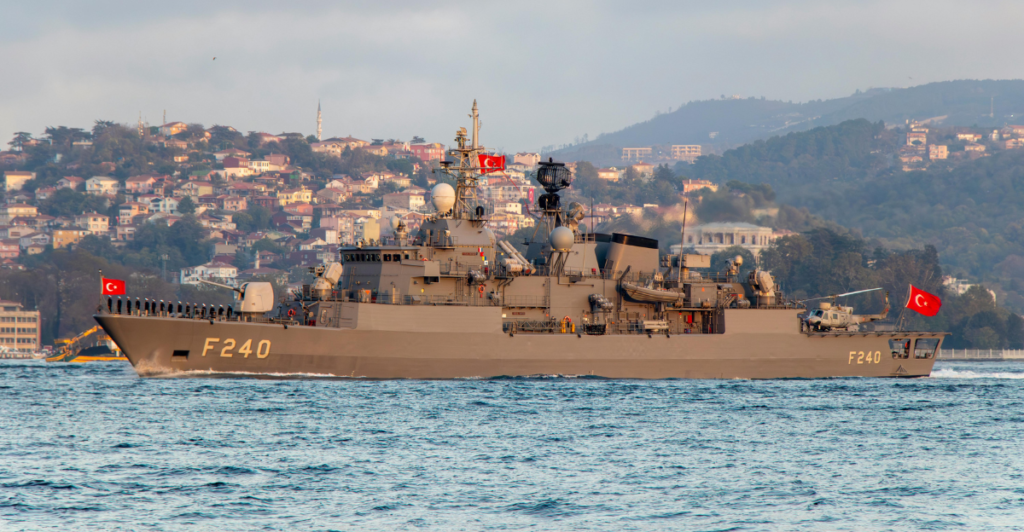
Hvaldimir’s appearance was particularly suspicious given the context of rising tensions between Russia and NATO in 2019. This only added fuel to the growing belief that the whale might have been used for modern espionage. While experts could not definitively say whether he had been part of an official operation, many pointed out that Russia had a history of using marine mammals for military purposes. The question remained: Was Hvaldimir a relic of a Cold War spy program or a new asset for Russian intelligence?
Life in Norwegian Waters

After his discovery, Hvaldimir stayed in Norwegian waters, where he interacted regularly with locals. Despite the odd circumstances of his arrival, the whale seemed to adapt well to his environment. While local authorities monitored his health, many worried about his dependence on humans for food. Hvaldimir’s time in Norway highlighted the complexities of managing a trained animal that might not know how to fully live in the wild, and conservationists voiced concerns about his long-term well-being.
Media Frenzy and Speculation
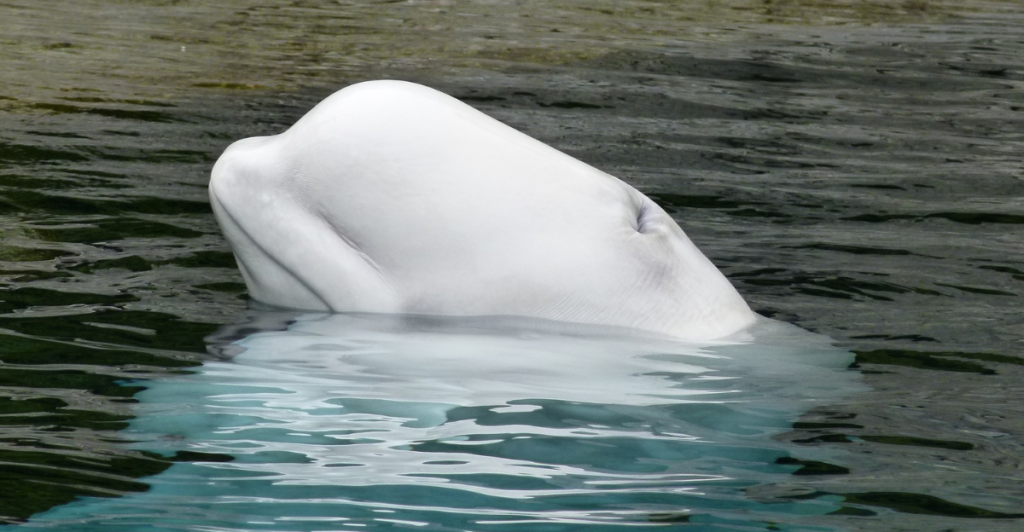
The “spy whale” narrative captured the imagination of the global media. With the sensational label of “Putin’s whale,” Hvaldimir quickly became an international symbol of both intrigue and humor. Memes, articles, and reports circulated, turning Hvaldimir into a global phenomenon. His harness and interactions with humans only deepened the mystery, while experts debated his potential military purpose. In this whirlwind of speculation, one thing was clear—Hvaldimir had become more than just a marine mammal.
Official Responses
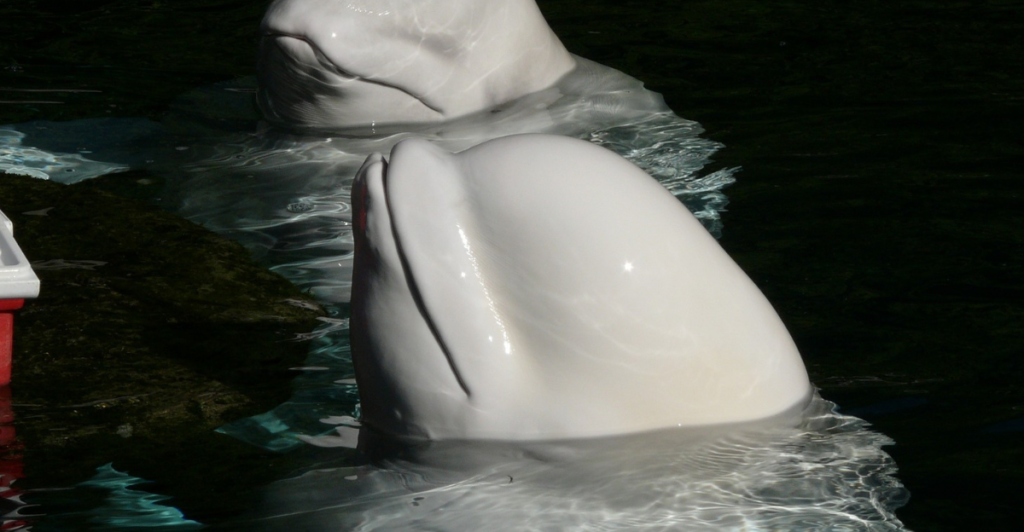
The Russian government consistently denied any involvement in Hvaldimir’s presence in Norwegian waters. However, they never provided an explanation for the harness or its purpose. Norwegian authorities, on the other hand, focused on Hvaldimir’s health and safety. Despite the mystery, the lack of hard evidence about the whale’s training or mission meant that the story remained one of speculation. Some viewed the whale as a victim of international tensions, while others saw him as part of a covert mission by Russia.
Belugas as Strategic Assets

Belugas, due to their intelligence and adaptability to cold Arctic waters, were ideal candidates for military applications. The Russian military, known for training dolphins and seals, also used belugas in reconnaissance roles, though much of this remained classified. Hvaldimir’s calm and engaging nature suggested he might have been trained to engage with humans for tasks such as gathering information or reconnaissance. However, whether he was specifically trained for espionage remains unclear.
Hvaldimir’s Adaptation

Hvaldimir continued to adapt to life in the wild after his discovery, engaging with humans but also displaying natural hunting behavior. He swam with local boats and interacted with fishermen and tourists but increasingly hunted for his own food. Over time, researchers noted that while he had retained some trained behaviors, he was integrating more into his natural environment. Nonetheless, his reliance on humans for companionship and sustenance remained a concern.
Conservation Concerns
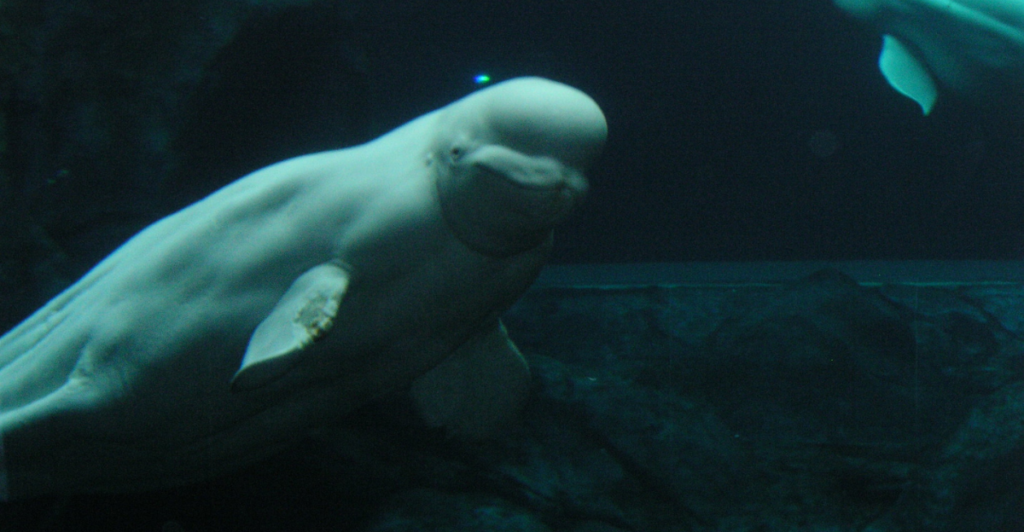
Hvaldimir’s time in Norwegian waters raised significant conservation concerns. Belugas are protected species, and his close interaction with humans could have long-term negative effects on his ability to thrive in the wild. Conservationists were worried that human interference could harm his natural instincts. Despite efforts to ensure that Hvaldimir was cared for, the growing debate over his origin and his reliance on humans highlighted the ethical complexities of animal training for military purposes.
The Legacy of the Spy Whale
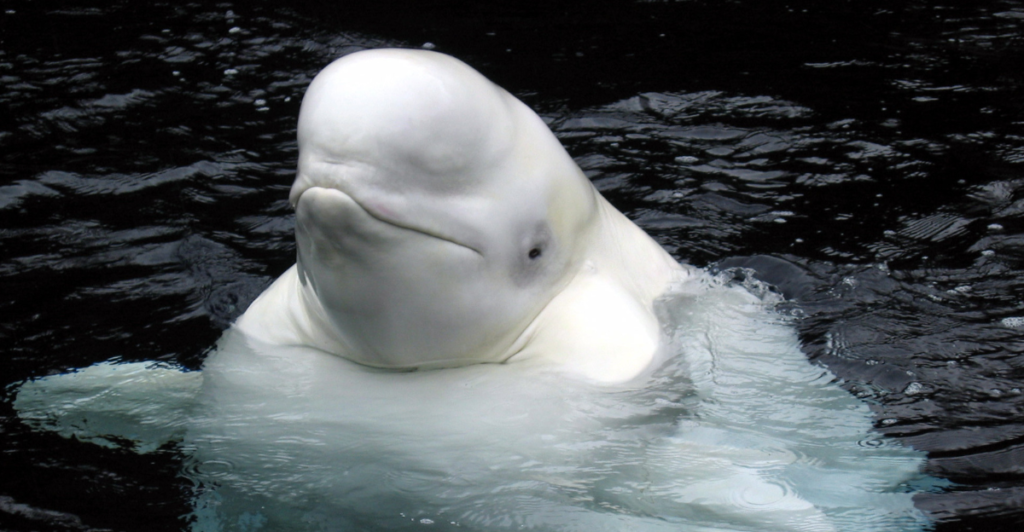
Hvaldimir’s story is a poignant reminder of the complexities surrounding animal training for military use. Whether he was indeed a spy or just a victim of a secretive program, his fate raised questions about the ethics of using animals for espionage. His legacy serves as both a symbol of the mysterious past of military training programs and a cautionary tale for the treatment of marine mammals in captivity.
The Suspicious Death

In 2020, the tragic end to Hvaldimir’s story came when his body was found with suspicious gunshot wounds. His death, under mysterious circumstances, raised further questions about his origins and the possible implications of his life as a trained animal. Norwegian authorities investigated the incident, though the cause of death remains a topic of speculation. Some experts believe that Hvaldimir’s unusual behavior and interactions with humans may have made him a target, while others suggest that his death could have been an unfortunate accident. Regardless, his passing left an unresolved mystery surrounding “Putin’s whale.”
Sources:
Runaway ‘spy whale’ fled Russian military training says marine scientist
Everything you need to know about the ‘spy whale’, that was caught 5 years ago
Stay connected with us for more stories like this! Follow us to get the latest updates or hit the Follow button at the top of this article, and let us know what you think by leaving your feedback below. We’d love to hear from you!







